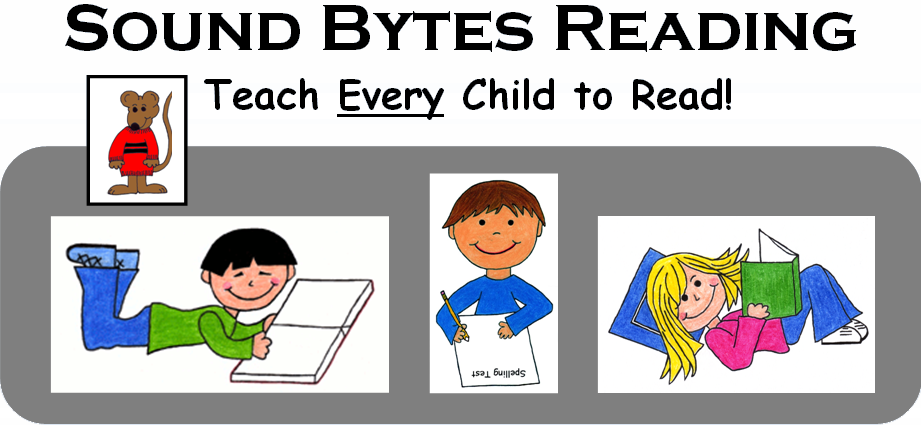Learning to Write – Teaching Grammar - Nouns

Last week we talked about how to begin teaching grammar in a simple and systematic way so students will understand the basic parts of speech and how they are used when they write. This week we will talk about teaching nouns. Students can learn this at a young age if you only introduce one concept at a time and then practice using it for a few days.
One thing we need to remember when teaching students about nouns is that they are a bit more complicated than learning verbs because there are proper nouns which must be capitalized, and improper (or regular) nouns which are not capitalized.
- When naming people, proper nouns are the real names that they were given; improper nouns are the label we give them such as baby, aunt, cook, truck driver, etc.
- When naming places, proper (specific) nouns are the given names like Mt. Rushmore or State Street; an improper (common) noun is a general name like mountain, road, street, valley, city, etc., rather than the specific name.
Start by reviewing what a verb is. Then, depending on the age of your students, it might be a good idea to teach only one type of noun at a time (people or places, but not both the same day). Here’s a quick outline for teaching nouns:
1. Define it. “A noun names something. A noun is a person, a place, or a thing.”
2. Give examples of nouns: Mom, Mr. Jones, me, you, dog, car, tree, etc.
3. Ask students to define a noun. (“A noun names something; it is a person, place or thing.”)
4. Write a simple sentence and ask students to identify the noun in the sentence.
5. Ask students to help you make up more sentences and write them on the board, then ask them to write one or more of their own simple sentences. Ask students to circle the noun in each sentence.
Again, remember to teach students to capitalize the first letter that begins the sentence, capitalize all proper nouns, and end each sentence with a period.
